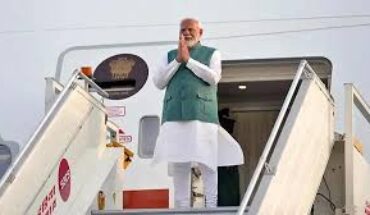Last month, India’s trade landscape presented a mixed bag of results, marked by a modest uptick in goods exports and an alarming surge in imports, leading to a record trade deficit. The 6.2% rise in exports was only the second increase this financial year, overshadowed by a steep 12.3% growth in imports compared to last October, soaring to an all-time high of $65.03 billion. The result: a staggering trade deficit of $31.5 billion, which economists are calling ‘a rude shock’. This surge in imports went beyond the typical seasonal upticks, reflecting perhaps unforeseen economic currents. The Finance Ministry optimistically cites that merchandise exports have “surprised on the upside,” growing “despite fears of weak global demand.” However, the truth beneath the surface appears more nuanced and warrants a closer examination. On a positive note, the recent dip in oil prices could alleviate some pressure from the inelastic import bill, which hit a seven-month high of $17.7 billion. Additionally, the fall in prices of precious metals in early October likely spurred a spike in gold and silver imports as jewellers anticipated a price rebound. The bump in electronics imports, too, isn’t solely attributable to consumer demand. The government’s efforts to control the import bill through various measures are commendable, but the need of the hour is a stronger focus on boosting exports. This is essential not just for balancing the trade deficit but also for spurring job creation and economic growth. Alarmingly, the recent increase in exports is somewhat deceptive. The value of shipments at $33.6 billion is the lowest in 12 months and 6% below the 2021 tally. At a time when global trade grew 2% month-on-month in October, Indian exports fell by 2.6%. This decline is a troubling indicator that India might be missing out on seizing incremental opportunities presented by a slowing world economy.
Record trade deficit must act as wake-up call for the country
Published Date: 25-11-2023 | 4:32 pm





